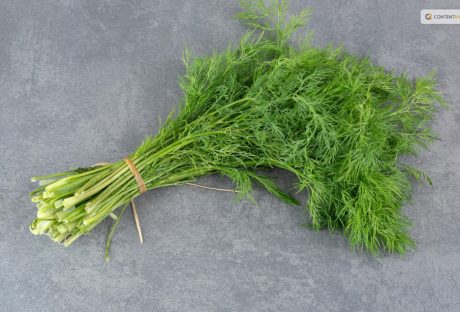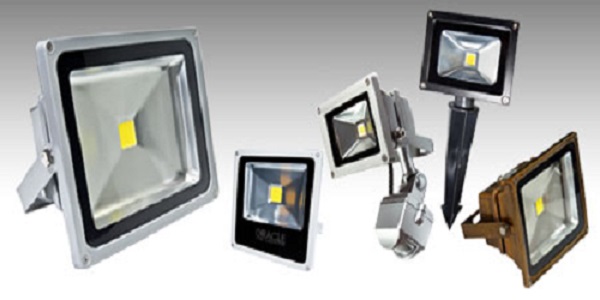Looking for a new house can be both exhilarating and stressful. It’s great to imagine your new life in different homes, but finding a place that fits the expectations of yourself, your partner, and your children is overwhelming and involves a lot of moving parts.
Luckily, if you narrow your focus to a few key points and specific criteria, finding the perfect home that your entire family loves is not only possible, it will be much easier.
Checkout Four Simple Tips To Help Finding The Perfect Home:
1. Get Help from the Professionals

You should definitely spend time figuring out your own preferences, but a quality real estate agent will have deep local knowledge and be able to provide suggestions based on the criteria you outline. If you’re having trouble narrowing your focus, they’ll be able to give advice and helpful suggestions.
After you’ve figured out your search parameters, you can find local real estate agents in Pickering to help you hone in on the neighborhoods that are best suited to your tastes, making it easier to find your new Pickering home.
2. Focus on the Neighborhood
The perfect house in the wrong neighborhood quickly becomes the wrong house. Factors such as the location of the neighborhood, local amenities, distance from work or school, and more are all essential things to consider before choosing one or several neighborhoods to target your search in.
But don’t solely rely on what the neighborhood looks like on paper. Drive and walk around the neighborhood on different days and at different times to give yourself a good idea of the overall feel of the neighborhood. Ensure you feel comfortable in the community and whether it truly meets your needs.
3. Consider Your Budget

Getting pre-approval from a mortgage lender is a smart idea before you start seriously looking at homes, as it makes it more likely any offers you put down will be seriously considered.
It also helps give you a better idea of what you can afford. It’s tempting to look for Perfect homes in the maximum range you can afford, but it’s not always the wisest choice.
It’s often recommended to adopt the 28/36 rule, which suggests spending 28 percent or less of your gross monthly income on housing expenses.
Additionally, it recommends all your monthly expenses should be 36 percent or less of your gross monthly income. Those expenses include housing, car payments, and student loans.
Keeping your budget within these guidelines helps to ensure you can afford your home and any surprise costs that can surface with home ownership.
4. Know Your Must-Haves
Once you start looking at perfect homes, it’s easy to get overwhelmed comparing the similarities and differences between houses. Being aware of your must-haves while you go about your search makes it a lot easier to keep a clear mind.
Take the time to consider your minimum number of bedrooms or if the backyard size is essential. Is a wrap-around porch nice to have, or is it an absolute must?
Make a list of the features you need and where you’re willing to compromise. Understanding your needs but staying flexible in some areas will help you to find your perfect house.
Read Also:






















